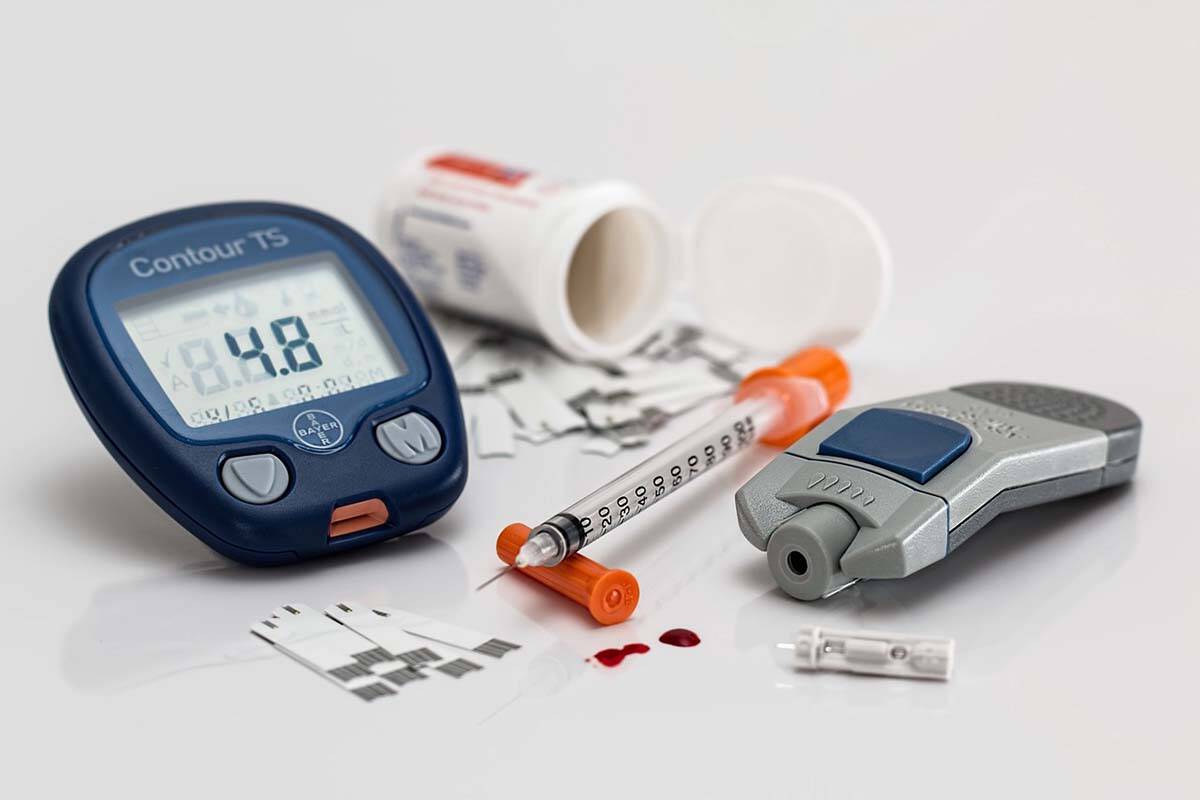While November is National Diabetes Awareness Month, EvergreenHealth physician Andrew Thurman, MD, sees importance in understanding symptoms of the disease beyond November.
Originally from San Diego, Thurman met his wife during his undergraduate degree and moved to the Seattle area in 1999. Thurman’s interest in medicine peaked when his grandmother was diagnosed with ALS.
“I was an apprentice in Edmonds for about 20 years, and the doctor — she was leaving the state — she had type 1 diabetes and so she had kind of built a following of a larger number of diabetics than the usual practice,” said Thurman.
Thurman took over the practice and assumed a large patient load of mostly type 2 diabetics and some type 1 diabetics.
Diabetes is a chronic health condition that affects how the body turns food into energy. The body breaks down food into sugar, or glucose, and releases it into the bloodstream. When the sugar in the blood goes up, or blood sugar, the pancreas is signaled to release insulin, which is a hormone that allows the body to use the glucose as energy.
For diabetics, the body doesn’t make any or enough insulin, and the cells are unable to use glucose as energy. Insulin is a crucial medication to allow the body to use glucose for energy.
Under family medicine, Thurman ensures his patients with diabetes have regular eye and foot exams; get bloodwork done; and see a regular endocrinologist when appropriate. Screening and testing are tools Thurman utilizes, such as cholesterol and A1C tests. A1C tests show the patients’ average blood glucose over a three month period, and elevated or high glucose levels can be indicators of diabetes.
While many type 1 diabetics find out about their disease during emergency room visits, for type 2 diabetics, symptoms can come on more gradual.
“Some of my folks with type 2 diabetes may feel a little tired, may be urinating a little more, but in general nothing major, and sure enough their A1Cs are 8.5-9,” said Thurman.
A1C levels for people who are not diabetic fall below 5.7%, while diabetics generally have an A1C of 6.5% or above, but medical technology has allowed for diabetics to have lower A1Cs.
“We’ve been trying to educate people and treat people for many years to reduce their risk of these complications [from diabetes],” said Thurman. “Now with these new medications and CGM [continuous glucose monitor] technology, it’s really kind of the next level in terms of how we can help people.”
Some symptoms of diabetes include:
- Frequent urination
- Extreme thirst and hunger
- Blurry vision
- Feeling very tired
- Having dry skin
- Having numb or tingling hands and feet
Thurman acknowledges how type 2 diabetes is primarily attributed to genetics, rather than unhealthy lifestyle choices that are stereotypically portrayed in the media.
“If you have children with somebody who also has the same genetic predisposition, the kids will, they’re getting it from both sides, so they will have a higher likelihood of getting whatever genetic issue that’s in there,” said Thurman. “If they have diabetes and they’re marrying and having kids with other folks who have diabetes in their family, then the risk will be higher for their children.”
While risk factors and symptoms vary from person to person, Thurman recommends regular testing and communication with providers. Thurman also recommends getting familiar with the American Diabetes Association website for more information.
Click here to listen to Thurman’s podcast about diabetes.



